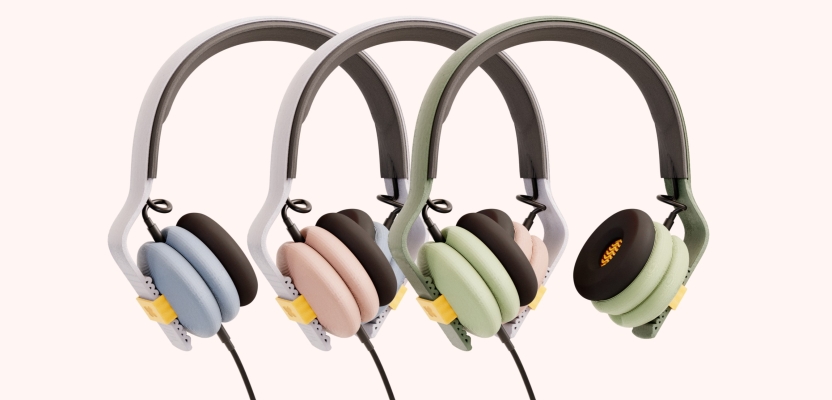Product design and innovation consultancy Morrama in partnership with circular manufacturing company Batch.Works, recently announced the launch of a pair of pretty unique headphones.
Kibu headphones have been designed and manufactured so that kids can build, repair and recycle them easily, fostering a sustainable mindset from an early age. The product is 3D-printed from post-consumer waste and over 70% of the components are recyclable once it reaches end-of-life.
To learn more about the product, it’s design and the evils of planned obsolescence, I spoke to Jo Barnard, Founder and Creative Director of Morrama.
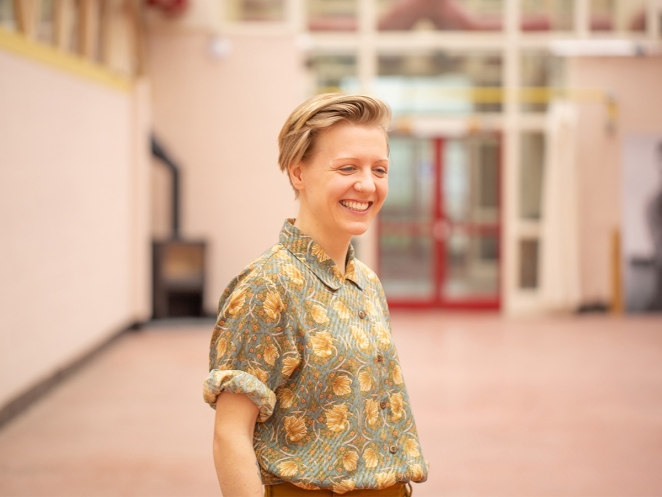
Innovation and Sustainability: Kibu headphones are touted as being 3D printed from post-consumer waste. Can you delve deeper into the decision to use this particular method and material, and how it aligns with Kibu’s sustainability goals?
Kibu's decision to use 3D printing technology with post-consumer waste, specifically recycled PLA derived from plant sources like corn, is central to our sustainability mission. This method allows us to reduce manufacturing waste significantly, since 3D printing produces parts that are nearly finished, minimising excess material. Additionally, using recycled PLA not only diverts plastic from landfills but also decreases our dependency on petrochemicals, aligning with our commitment to environmental responsibility.
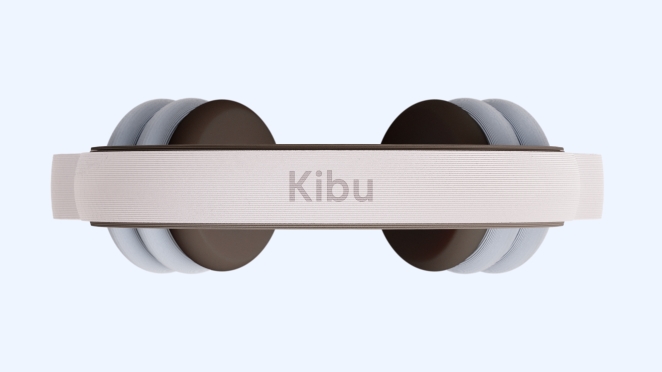
This approach supports the circular economy and engages our customers in the process of sustainability, as they can send back end-of-life components for recycling. It's a practical application of innovative technology that ensures our products are both eco-friendly and educational, encouraging young users to understand and appreciate the principles of sustainable living.
Design Philosophy: The collaboration between Batch.Works and Morrama led to the creation of Kibu Headphones. What were the key design principles guiding this collaboration, especially considering the target audience of children?
The collaboration between Batch.Works and Morrama on the Kibu Headphones was guided by several key design principles focused on the needs of children:
Safety and Durability: Recognising that children’s products must withstand frequent use and occasional rough handling, the headphones were designed to be robust and durable. Additionally, the Kibu Safety Engine ensures the volume never exceeds 85db, protecting young ears from high volume levels.
Simplicity and Usability: The headphones are engineered to be assembled easily by children, with no small fiddly parts or complicated tools required. This simplicity not only makes the building process fun and engaging but also empowers children to handle repairs, fostering a sense of independence and problem-solving skills.
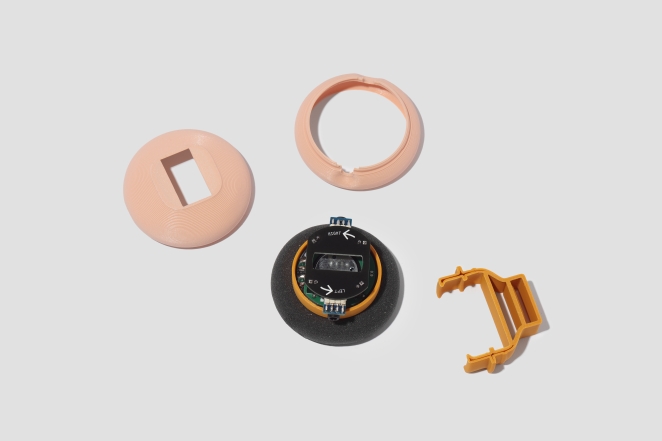
Educational Value: The design incorporates elements that teach children about technology and sustainability. By building the headphones themselves, kids learn basic STEM concepts and the mechanics of sound, promoting educational play that’s both informative and enjoyable.
Sustainability: In line with both companies' commitment to environmental responsibility, the headphones are made from recycled PLA, reducing the reliance on non-renewable resources and supporting the goal of minimising environmental impact.
These principles ensure that the Kibu Headphones are not just a product but a learning tool that enhances children's understanding of technology and environmental stewardship, all while being tailored to their needs and safety.
User-Friendly Repairability: You’ve mentioned that the headphones are designed to be so simple to repair that children can do it themselves. Could you explain the thought process behind making electronics repairable by children, and how this feature was implemented in the design?
The emphasis on user-friendly repairability for Kibu headphones is rooted in the philosophy of empowering young users and promoting sustainability. By designing the headphones so they can be easily repaired by children, we aim to foster a sense of ownership and responsibility towards their belongings, while also teaching them basic STEM skills.
To achieve this, Kibu headphones are engineered with simplicity and safety in mind. The design eliminates fiddly wires, screws, and glue, ensuring that no special tools are needed for repairs.
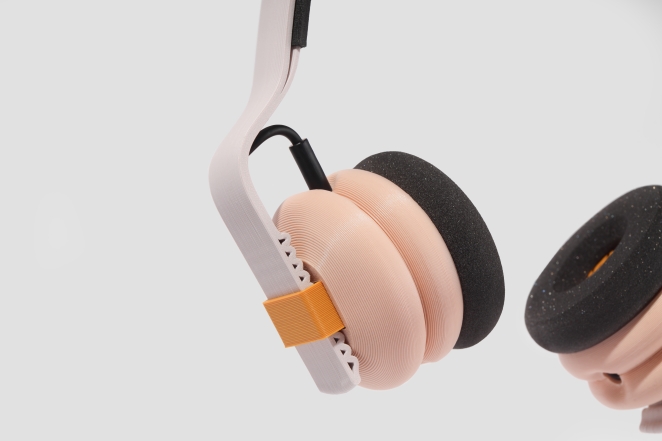
Instead, components are modular and easily accessible, this approach not only makes the repair process straightforward but also cost-effective, as only the damaged part needs replacing.
By incorporating these features, Kibu headphones not only reduce waste and extend the product’s lifespan but also make the repair process a fun and educational activity that children can do themselves, underlining our commitment to sustainability and education.
Recycling Initiative: Over 70% of the headphones' components are recyclable. How does Kibu plan to manage and streamline the return process for these headphones to ensure they are recycled efficiently?
Kibu with Batch.Works help is implementing a streamlined return and recycling process to ensure that the headphones and their components are recycled efficiently. Customers can send their end-of-life or damaged headphone parts back to us using a simple mail-in system.
Kibu Safety Engine: Safety is a paramount concern when it comes to children's products. Can you elaborate on how the Kibu Safety Engine works to ensure safe sound levels, and was this a challenging feature to integrate?
Many children’s headphones promising to limit the sound to a safe level aren’t always doing so. The way others do it means as soon as you plug them into a powerful device like a laptop and even some tablets, the headphones can be louder than the stated limit.
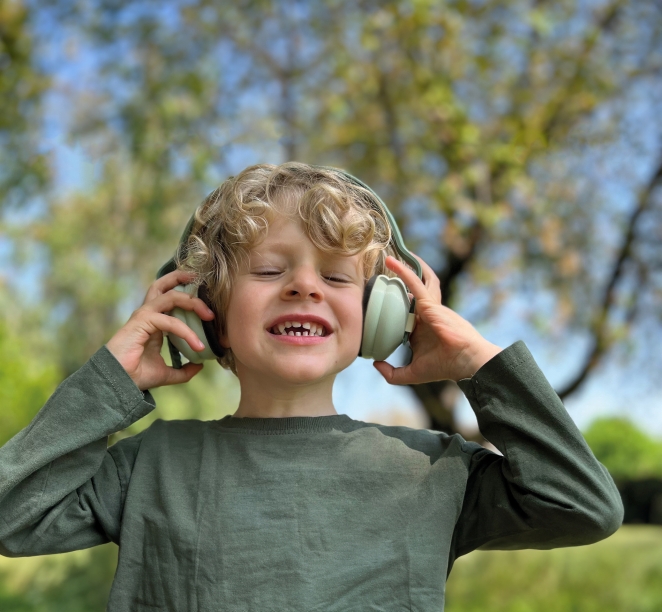
The Kibu Headphones are the only headphones with our Kibu Safety Engine, which makes it impossible to be louder than the recommended 85db, no matter what device you plug them into. No one has gone to this level of effort to protect children’s hearing and inherently this innovation has been challenging.
Daisy Chain Feature for Social Interaction: The ability to daisy chain headphones is quite unique. How does this feature contribute to Kibu’s vision of fostering social interaction and communication among children, and what was the technical challenge in implementing it?
Allowing multiple headphones to connect, children can share and enjoy music, audiobooks, or educational content together rather than being isolated in their own world. This communal experience fosters sharing and empathy, aligning perfectly with Kibu’s vision of nurturing social skills alongside technological understanding.
From a technical standpoint, implementing the daisy chain capability presented several challenges. The primary concern was maintaining audio quality and volume control across multiple connected devices. It was crucial that the addition of each new set of headphones did not degrade sound quality or exceed safe volume levels, especially given Kibu's commitment to hearing safety with the Kibu Safety Engine. Ensuring a consistent and safe audio output involved intricate circuit design and rigorous testing.
Market Positioning and Planned Obsolescence: You’ve critiqued the planned obsolescence in children’s electronics. How do Kibu headphones serve as a solution to this issue, and what steps are being taken to educate the market and consumers about this approach?
Kibu headphones actively challenge the issue of planned obsolescence in children's electronics through a thoughtful design that emphasises durability, repairability, and sustainability. Each pair is made with over 70% recycled materials and is designed to be easily repaired, with individual parts replaceable if damaged. This not only extends the product's lifespan but also educates consumers on sustainable practices.
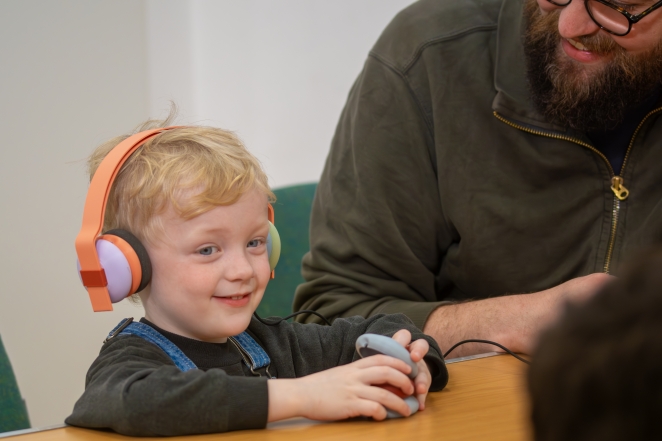
The Kibu Safety Engine ensures safety standards are maintained across all devices by keeping sound levels below 85 db. Additionally after much demand on the 24th of April we are announcing our adult sized band which means the headphones can grow with kids as they grow, preventing the inevitable slow march to landfill that kids products have.
Kibu Care Service: Offering 12 months of Kibu Care free of charge is a significant commitment. Could you talk about what this service entails, and how it complements the sustainable and repairable design of the headphones?
Kibu Care, offered free for the first year to Kickstarter backers, is a crucial part of Kibu's commitment to sustainability and repairability. This service allows any part of the headphones to be replaced for just the cost of postage, encouraging users to repair their headphones.
The design of Kibu headphones, easily disassembled and reassembled, complements this service by making repairs straightforward and educational for children. By promoting maintenance and care, Kibu Care not only supports customers but also reinforces sustainable practices and reduces electronic waste, nurturing an environmentally conscious mindset among young users and their families.
Designing for Children: What were the major considerations and challenges in designing electronics specifically for children, both in terms of usability and aesthetics?
Designing the Kibu headphones for children involved balancing safety, usability, durability, aesthetics, and educational value. Morrama prioritised safety by incorporating features like the Kibu Safety Engine to limit volume and using non-toxic, robust materials. The headphones are intuitively designed for easy assembly, promoting independence while educating children on basic electronics and mechanics.
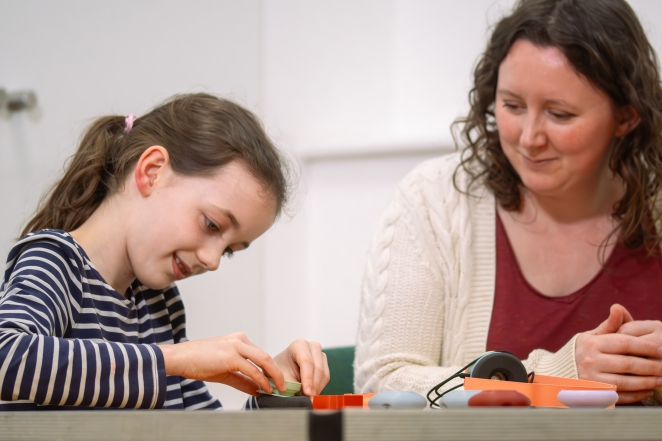
Durability is ensured through high-quality materials that withstand rough handling. Aesthetically, the headphones appeal to children with bright colours and a fun design. Additionally, the use of over 70% recycled materials addresses environmental concerns, teaching both parents and children about sustainable choices. This comprehensive approach ensures the headphones are not only functional and safe but also engaging and educational.
Future Plans: With the launch of Kibu headphones, what are Kibu’s future plans in terms of product development and expanding your sustainable product line?
We can’t talk much about future products that are in development, however expect to see more sustainable products that help children build, repair and recycle. What we can share though, as previously mentioned after much demand, on April 24th we are announcing our adult sized band. This will mean that headphones will grow with kids as they grow, preventing the inevitable slow march to landfill that kids products have.

